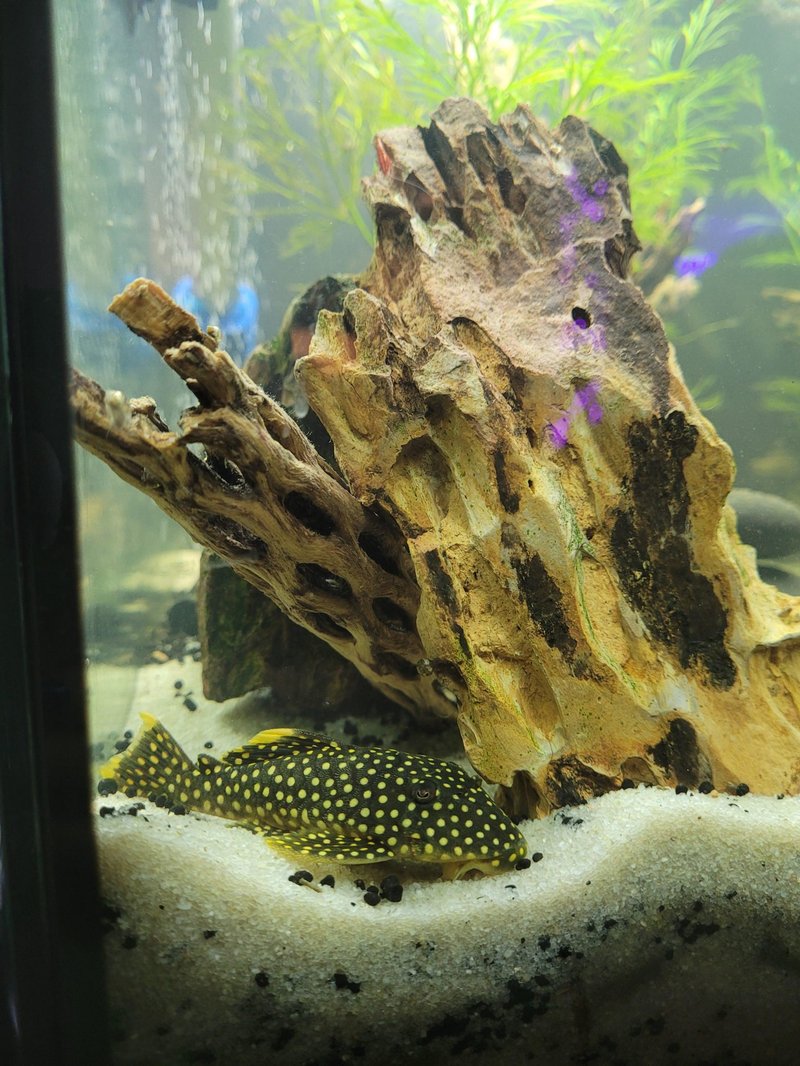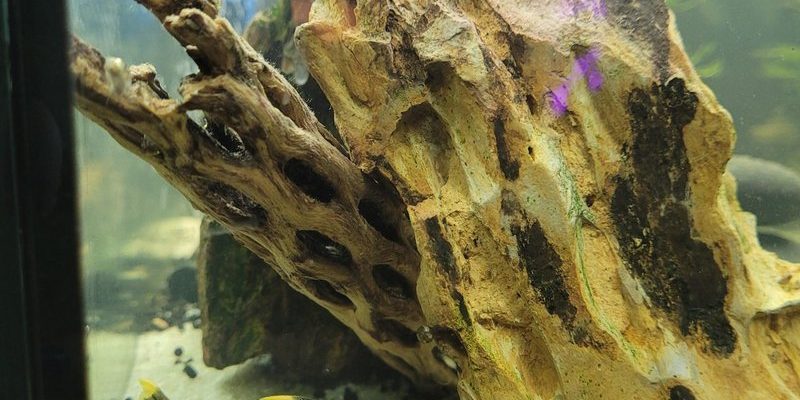
Having the right plants and substrate not only enhances the beauty of your tank but also ensures a healthy ecosystem for your plecos. If you’re new to the aquarium hobby, the choices can be overwhelming. You might be wondering, “What plants are best for my plecos?” and “What type of substrate should I use?” Don’t worry! I’ve got the answers you need to create a thriving environment for your scaly friends.
Why Plants Matter in Plecostomus Tanks
Plants play a crucial role in any aquarium, especially for plecos. They not only improve the aesthetics of your tank but also create essential hiding spots and structures that plecos love to explore. These vegetarian fish naturally graze on algae and plant matter, so having live plants helps mimic their natural diet and encourages natural behaviors.
Here’s the thing: live plants can actually improve water quality. They absorb nitrates and other harmful compounds while releasing oxygen into the water. This helps maintain a balanced environment, reducing the need for constant water changes. If you’re looking for an easy way to maintain a healthy tank, investing in plants is a no-brainer.
Additionally, plants can help reduce stress for plecos. Just like we appreciate a cozy corner or a sunlit spot in our homes, plecos benefit from having places to hide and rest among the greenery. When they feel safe, they’re more likely to explore and interact with their environment, making your tank that much more enjoyable to watch.
Best Plants for Plecostomus Tanks
Choosing the right plants is key to creating an ideal habitat for your plecos. Here are some great options:
- Anubias: This hardy plant is perfect for beginners. It can thrive in low light and doesn’t require much care. Just attach it to rock or driftwood, and watch it flourish!
- Java Fern: Another low-maintenance option, Java Fern is great for plecos. It has broad leaves that plecos love to nibble on, and it also provides nice hiding spots.
- Amazon Sword: If you have a larger tank, consider the Amazon Sword. It grows tall and provides ample cover for plecos while also being a nice sight.
- Hornwort: This floating plant not only looks beautiful but also helps absorb excess nutrients in the water, keeping your tank cleaner.
Plants like these provide structure and security in the tank. They don’t just sit there, looking nice; they actively contribute to the well-being of your fish.
Choosing the Right Substrate
Now that we’ve covered plants, let’s talk about substrate. The substrate is the material that lines the bottom of your tank, and it can significantly impact your plecostomus’s health and happiness.
For plecos, a sandy or smooth gravel substrate is usually the best choice. Here’s why:
– Safety: Plecostomus have sensitive barbels on their mouths, which they use to feel and find food. Sharp or coarse substrates can injure these delicate sensors.
– Easier Cleaning: A smooth substrate makes it easier to clean without getting caught in the nooks and crannies, and it helps reduce the buildup of waste and uneaten food.
– Natural Habitat: In the wild, plecos often dwell in sandy riverbeds. A similar substrate not only looks great but helps them feel at home.
When setting up your substrate, aim for about 1-2 inches of depth. This allows your plants to root properly while also giving plecos enough space to dig around, which can be a fun behavior to observe!
Combining Plants and Substrate: Creating the Perfect Environment
Once you’ve chosen your plants and substrate, it’s time to combine them for the ultimate plecostomus habitat. Here are a few tips to make everything work together seamlessly:
1. Layering: Start by adding your substrate to the tank. If you’re using gravel, consider placing a layer of soil underneath for better plant growth.
2. Placement: Think about how you want to arrange your plants. Taller plants like Amazon Swords should go in the back, while shorter ones like Anubias can be placed in the front or middle.
3. Variety: Mix different types of plants for a more natural look. This not only enhances aesthetics but also gives plecos various textures to explore.
Honestly, taking the time to think through your setup will pay off. A well-planned tank not only looks stunning but also supports your plecos’ health and behavior.
Maintaining Your Plant and Substrate Setup
Once your tank is set up, maintenance will be an ongoing task, but it’s not as daunting as it sounds. Here are some key points to consider:
– Regular Water Tests: Keep an eye on water quality. Test for pH, ammonia, and nitrate levels. Plants can help with this, but it’s good to monitor regularly.
– Trimming Plants: As your plants grow, you’ll need to trim them. This helps keep them healthy and prevents overcrowding, which can be harmful to your plecos.
– Substrate Care: Occasionally, you’ll want to vacuum the substrate to remove waste and uneaten food. This keeps the tank clean without disturbing the plants too much.
Taking these steps will ensure your plecos have a thriving environment. A healthy tank leads to happy fish, and there’s nothing quite like watching your plecostomus explore their leafy home!
Common Mistakes to Avoid
Even the best plans can go astray if you make common mistakes. Here are a few pitfalls to watch out for:
– Overcrowding Plants: While it’s tempting to fill every corner with plants, make sure to leave enough space for plecos to swim and explore.
– Using Sharp Substrates: As mentioned, sharp gravel can harm your plecos. Stick to smooth materials to keep them safe.
– Neglecting Lighting: Not all plants require high light, but make sure your tank has adequate lighting to support plant growth. Remember, low-light plants will still need some light to thrive!
Keeping these points in mind will save you trouble in the long run. Setting everything up right from the start means less stress later on.
Final Thoughts
Creating a beautiful and functional tank for your plecostomus doesn’t have to be complicated. By choosing the right plants and substrate, you can build a thriving environment where your fish can flourish. Remember to keep it natural and simple, and you’ll enjoy watching your plecos play and graze in their underwater paradise. Happy fishkeeping!

